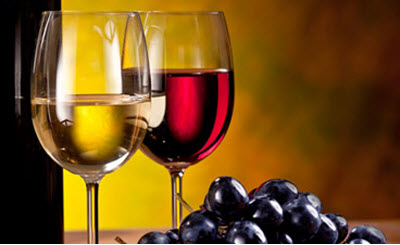
Most places that sell wine in the United States include Spanish wines in their assortment, but if you want a specific wine you might have to pay a visit to a speciality wine merchant; either one that has a very large assortment or a smaller one that specializes in Spanish wines.
If you’re looking for a Spanish wine that you have trouble finding, don’t hesitate to talk to wine merchants and ask about the product you are looking for. Many vendors have good connections within the wine community and also knows the ins and outs of importing wine into the United States from abroad. Even if they aren’t currently offering the wine you seek, they might be able to help you source it. Another option is to talk to restaurants and wine bars with a nice selection of Spanish wines; they often know how to get hold of those special Spanish gems that doesn’t make it into mainstream wine shelves.
There is a classification system that can be very useful for anyone interested in buying Spanish wine, and the Spanish labelling laws concerning wine age will also help provide consumers with important information. For more information about the classification system, see our separate article “Classification of Spanish wines” on this site.
The label of a Spanish wine will often include information concerning the ageing of the wine.
If the label says vino joven or sin crianza, the wine has undergone little to no wood ageing. Many of these wines are meant to be consumed while they are still very young, often within a year of being released. There are however some wines within this category that can actually benefit from some ageing in the bottle.
 Crianza
CrianzaCrianza is one of the three most common ageing designation found on Spanish wine labels; the other two being Reserva and Gran Reserva.
A red wine is allowed to be labelled Crianza if it has been aged for at least 2 years with a minimum of 6 months in oak.
A white wine or rosé wine is allowed to be labelled Crianza if it has been aged for at least 1 year with a minimum of 6 months in oak.
Red wines are allowed to be labelled Reserva if they have been aged for at least 3 years, with a minimum of 1 year in oak.
White wines and rosé wines are allowed to be labelled Reserva if they have been aged for at least 2 years, with a minimum of 6 months in oak.
Red wines are allowed to be labelled Gran Reserva if they have been aged for at least 5 years, with a minimum of 18 months in oak and a minimum of 36 months in the bottle.
White wines and rosé wines are allowed to be labelled Gran Reserva if they have been aged for at least 4 years, with a minimum of 6 months in oak.
It is typically above average vintages that are turned into Gran Reserva wines.
The vintage year (vendimia or cosecha) is only allowed to appear on the label if at least 85% of the grapes are from that year’s harvest.